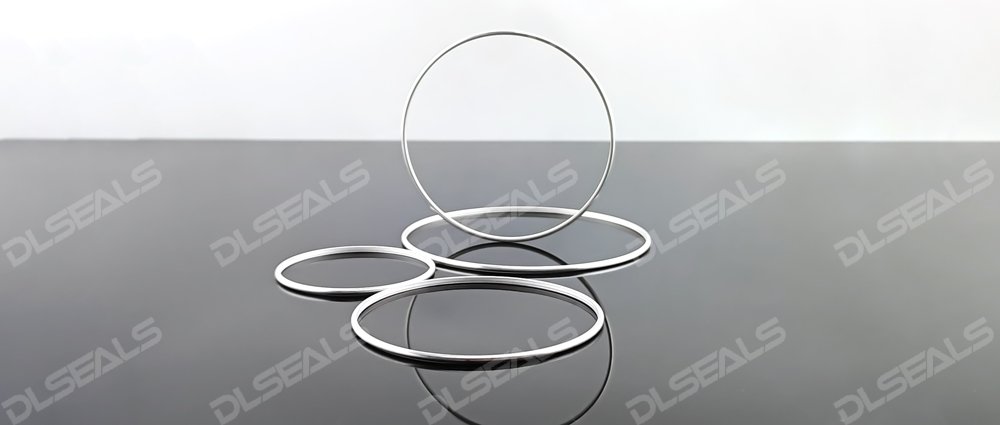When it comes to sealing applications, choosing the right O-ring material is crucial for ensuring optimal performance and longevity. Metal O-rings and rubber O-rings are two popular choices, each offering distinct advantages and disadvantages. In this article, we’ll compare metal O-rings and rubber O-rings to help you determine which is better for your specific needs.
Understanding Metal O-Rings
Metal O-rings are made from various metals, including stainless steel, Inconel, and other alloys. They are typically used in high-pressure and high-temperature environments where rubber O-rings may fail. Here are some key characteristics of metal O-rings:
High Temperature Resistance: Metal O-rings can withstand extreme temperatures, making them suitable for applications in aerospace, automotive, and industrial sectors.
High Pressure Tolerance: These O-rings are ideal for high-pressure environments, providing reliable sealing without deforming or failing.
Durability: Metal O-rings are highly resistant to wear and tear, offering a longer lifespan compared to their rubber counterparts.
Chemical Resistance: They can resist a wide range of chemicals, ensuring consistent performance in harsh environments.
However, metal O-rings also come with some drawbacks. They are generally more expensive than rubber O-rings and can be more challenging to install due to their rigidity.
Understanding Rubber O-Rings
Rubber O-rings are made from various elastomers, such as Nitrile (NBR), Viton (FKM), Silicone (VMQ), and EPDM. These O-rings are widely used in everyday applications due to their flexibility and cost-effectiveness. Here are some key characteristics of rubber O-rings:
Flexibility: Rubber O-rings are highly flexible, making them easy to install and suitable for dynamic applications where movement is involved.
Cost-Effective: These O-rings are generally more affordable than metal O-rings, making them a popular choice for many applications.
Versatility: Rubber O-rings come in a variety of materials, each offering specific properties such as temperature resistance, chemical resistance, and hardness.
Good Sealing Performance: Rubber O-rings provide excellent sealing capabilities in a wide range of temperatures and pressures, though they may not perform as well as metal O-rings in extreme conditions.
However, rubber O-rings have limitations. They may degrade over time when exposed to certain chemicals, high temperatures, or UV light. Additionally, they are not suitable for high-pressure environments as they can compress and fail under extreme conditions.
Comparing Metal O-Rings and Rubber O-Rings
Performance in Extreme Conditions:
Metal O-rings excel in high-temperature and high-pressure environments, while rubber O-rings are better suited for moderate conditions.
Durability and Longevity:
Metal O-rings offer superior durability and a longer lifespan, especially in harsh environments. Rubber O-rings may need more frequent replacement depending on the application.
Cost:
Rubber O-rings are more cost-effective and easier to replace, while metal O-rings involve a higher initial investment but may save money in the long run due to their durability.
Ease of Installation:
Rubber O-rings are easier to install due to their flexibility. Metal O-rings, being rigid, can be more challenging to fit into place.
Conclusion
Choosing between metal O-rings and rubber O-rings depends on the specific requirements of your application. If you need a solution for extreme temperatures, high pressures, and harsh chemical environments, metal O-rings are the better choice. However, for general applications that require flexibility, cost-effectiveness, and ease of installation, rubber O-rings are an excellent option.
By understanding the advantages and limitations of each type of O-ring, you can make an informed decision that ensures the reliability and efficiency of your sealing application.
Post time: Jul-31-2024

